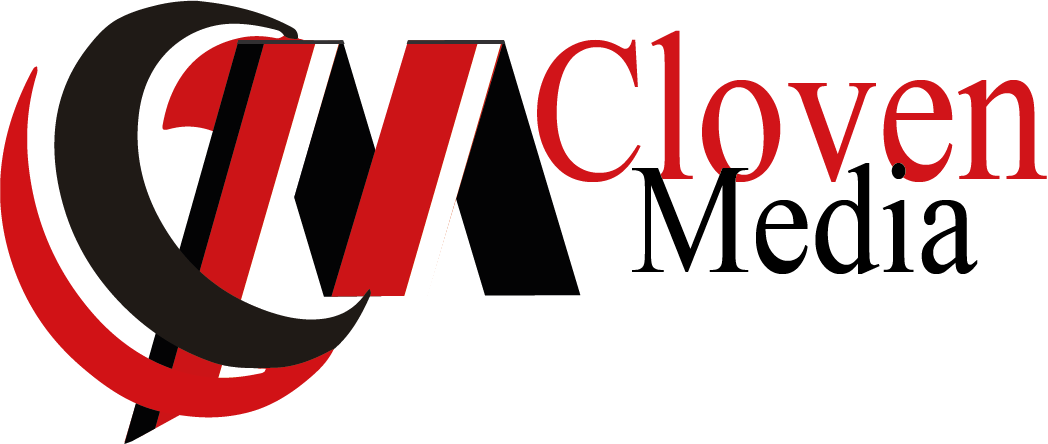Good retention rates can vary depending on the industry, type of business, and specific business goals. In general, a rate of 80% or more is good, but it can vary greatly depending on the context.
For example, in industries with high customer turnover, such as retail, a rate of 50% or more might be considered good.
On the other hand, in industries with long-term customer relationships such as financial services. A retention rate of 90% or more may be more appropriate.
It is important for companies to set their own standards for retention rates and to track their progress over time to ensure they achieve their goals.
Put simply, the higher, the better. While several industry-specific retention rate thresholds are considered good retention rates, there is no one good number that encompasses all services and products. It all depends on the audience and product/app offerings.
However, there are two ways a product can use retention rate to scale its growth. These are comparative deductibles against yourself or comparative deductibles against the competition.

To get a holistic view of growth drivers, brands often conduct retention analysis by comparing their retention rates to previous retention rates over the same time.
For example,
A company can compare retention rates for six consecutive months to analyze what factors (new products, offers, payment methods, and upgrades) drove growth and optimize its strategies accordingly.
So it goes down, some updates, campaigns, or new features may not work as intended and their is the need for changes. Similarly, if the retention rate increases, the company can double down on new offers and campaigns.
On the other hand, companies can also look at their competition to compare their growth. However, to conduct a comprehensive analysis, companies also need to understand the retention rate of the industry.
Every industry has an average customer retention rate that could help a company gauge its own performance.
For example, professional and media services have a 63% retention rate, and travel retain 55% of their customers.
Once the industry average rate is clear, companies can compare their retention rate to that of their competitors. This helps a company know where they stand in the industry and get inspiration from successful campaigns. your competitors.



